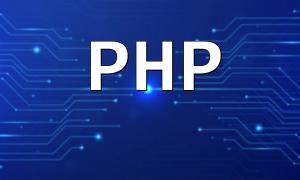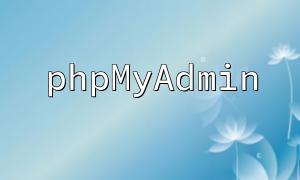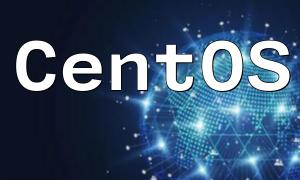In modern web development, system performance and stability are critical. To minimize frequent database queries and improve access efficiency, implementing a caching mechanism is essential. PHP, as a leading server-side language, offers various caching techniques that help developers build faster and more stable applications. This article will guide you through using PHP data caching to optimize system performance.
Caching is a technique that temporarily stores data in high-speed storage to enable faster data retrieval. When a piece of data is accessed for the first time, it is fetched from a database or an external source and stored in cache. Subsequent requests for the same data are served directly from the cache, reducing redundant resource usage.
Implementing caching provides several advantages:
A robust caching strategy includes considerations for storage methods, update mechanisms, and expiration policies:
PHP supports a variety of caching methods. One of the most widely used is Memcached:
Memcached is a high-performance distributed memory object caching system. It's commonly used to accelerate dynamic web applications by reducing database load. Here's a basic example of using Memcached in PHP:
// Working with Memcached in PHP
$memcached = new Memcached();
$memcached->addServer('localhost', 11211);
// Set cache
$memcached->set('key', 'value', 3600);
// Get cache
$value = $memcached->get('key');This snippet demonstrates how developers can store frequently used data in memory, improving page load times and overall system responsiveness.
Leveraging PHP caching techniques—especially high-performance memory-based options like Memcached—can significantly enhance the performance and stability of web applications. Choosing the right caching strategy based on your project's needs is a vital step in delivering a fast and reliable user experience.









